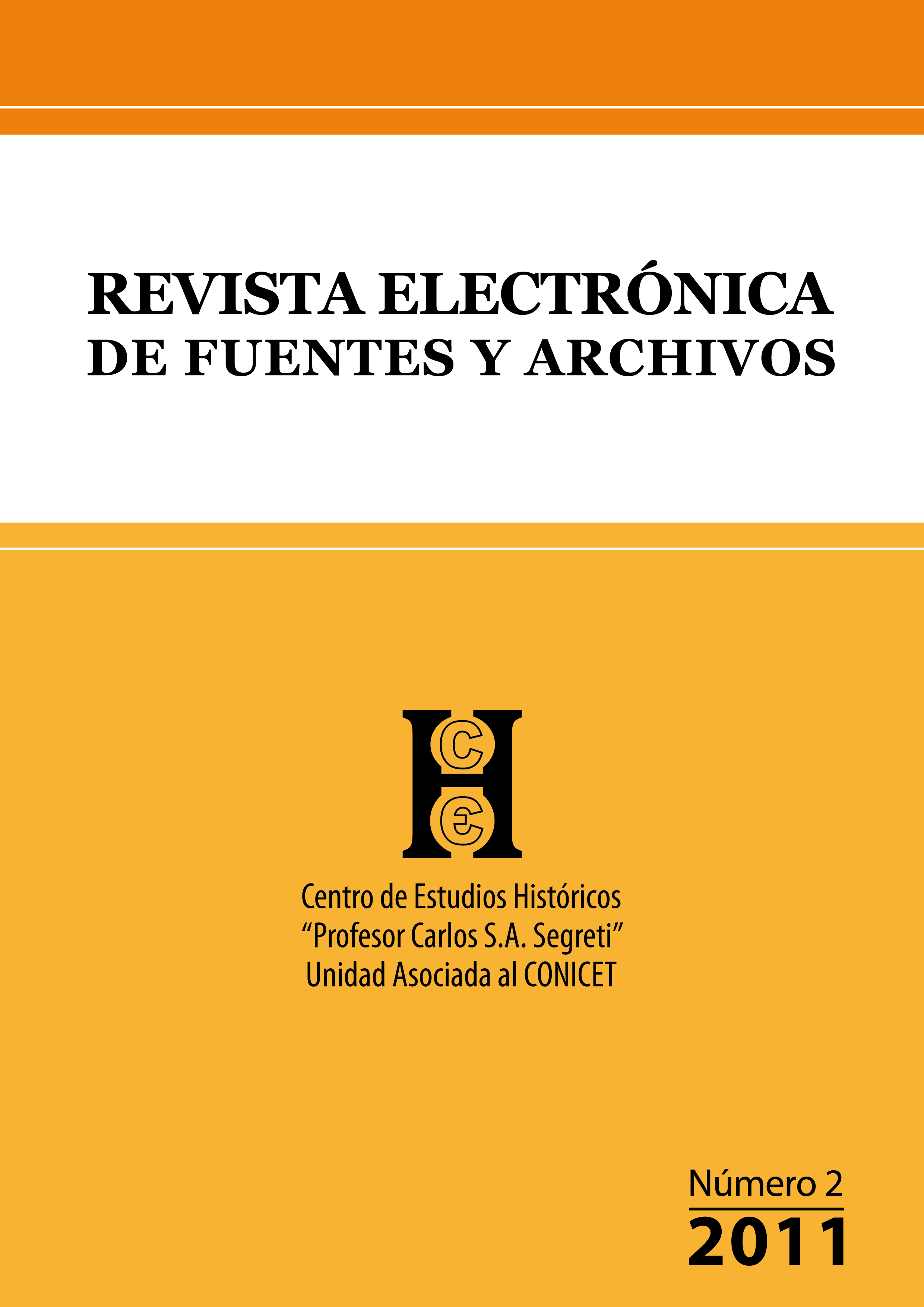Buenos Aires: a new capital for a modern nation (1850-1888)
Keywords:
urban history, federal district, limits, public architectureAbstract
With the ratification of the federal status of Buenos Aires on December 6, 1880, the so-called cuestión capital (the “capital” issue) of the Argentine Republic was resolved—leaving behind a toll of 2,500 dead and injured out of the 20,000 who had participated in the last and most violent chapter of the seventy-year dispute to define the seat of political authority. The battle for Buenos Aires was the end of a long confrontation between national and provincial governments, between civilians and the military, between political parties, between opposing figures, between different sectors of economic power. But it was also, without doubt, a fight for a place, for a city, that would bring together the material conditions necessary to house the federal government of an evolving modern nation. Through the example of Buenos Aires, I propose to revisit debates over the definition of the capital city from the viewpoint of theoretical political schemes that cross into the field of material representation, seen within the processes of nation-state formation in the mid-nineteenth century.
Downloads
References
ALBERDI Juan Bautista, La República Argentina consolidada en 1880. Con la ciudad de Buenos Aires por capital, Buenos Aires, Pablo Coni, 1881.
BATTICUORE Graciela, GALLO Klaus y MYERS Jorge (ed.), Resonancias románticas. Jornadas sobre historia de la cultura. Argentina 1810-1880, Buenos Aires, Eudeba, UTDT, 2005.
BONIFÁCIO José, “Lembranças e apontamentos de Governo Provisório para os Senhores Deputados da Provincia de Sao Paulo”, Pedro PEREIRA DA SILVA COSTA, José Bonifacio, Sao Paulo, 1974.
BOTANA Natalio, La tradición republicana. Alberdi, Sarmiento y las ideas políticas de su tiempo, Buenos Aires, Sudamericana, 1997 (1984).
BOTANA Natalio y GALLO Ezequiel, De la república posible a la república verdadera. 1880-1910, Buenos Aires, Ariel, 1997.
CARACCIOLO Alberto, Roma capitale. Dal Risorgimento alla crisi dello stato liberale, Roma, 1956.
CARRANZA Arturo B., La cuestión capital de la República Argentina. 1826-1887 (Antecedentes, debates parlamentarios, iniciativas, proyectos y leyes), Buenos Aires, Talleres gráficos argentinos de L. J. Rosso, 1929.
DE MOUSSY Martin, Description géographique et statistique de la Conféderation Argentine, Buenos Aires, 1865.
GORELIK Adrián, La grilla y el parque. Espacio público y cultura urbana en Buenos Aires, 1887-1930, Buenos Aires, UNQ, 1998.
GREMENTIERI Fabio, LIERNUR Jorge Francisco y SHMIDT Claudia (eds.), Architectural Culture around 1900. Critical Reappraisal and Heritage Preservation, Buenos Aires, World Heritage, Unesco, Universidad Torcuato Di Tella, 2003.
HOBSBAWM Eric J., Nations and Nationalism since 1780. Program, Myth, Reality, Cambridge UK, Cambridge University Press, 2004 (1990).
LIERNUR Jorge Francisco y Graciela SILVESTRI, El umbral de la metrópolis, Buenos Aires, Sudamericana, 1995.
MORAVÁNSZKY Ákos, Competing Visions: Aesthetic Invention and Social Imagination in Central European Architecture, 1867–1918, Cambridge, MIT Press, 1998.
PELLEGRINI Carlos Enrique, “Editorial”, Revista del Plata, núm. 5, enero de 1854.
SABATO Hilda, Buenos Aires en armas. La revolución de 1880, Buenos Aires, Siglo XXI, 2008.
SARMIENTO Domingo F., Argirópolis, Santiago de Chile, Imprenta Julio Belín y Cía, 1850.
SARMIENTO Domingo F., Viajes. Europa-África-América (Selección), Buenos Aires, Eudeba, 1961.
SCHÁVELZON Daniel, Haciendo un mundo moderno: la arquitectura de Eduard Taylor (1801-1868), Buenos Aires, Olmo, 2010.
SHMIDT Claudia, Palacios sin reyes. Arquitectura pública para la capital permanente. Buenos Aires, 1880-1890, Rosario, Prohistoria, 2012.
Downloads
Published
Issue
Section
License
Copyright (c) 2011 Claudia Shmidt

This work is licensed under a Creative Commons Attribution-NonCommercial-ShareAlike 4.0 International License.
Se puede compartir (copiar y redistribuir el material en cualquier medio o formato) y adaptar (remezclar, transformar y construir a partir del material), siempre que: a) se cite la autoría y la fuente original de su publicación (revista, editorial y URL de la obra); b) no se use con fines comerciales; c) la distribución de las obras derivadas se haga con una licencia igual a la que regula la obra original.




















